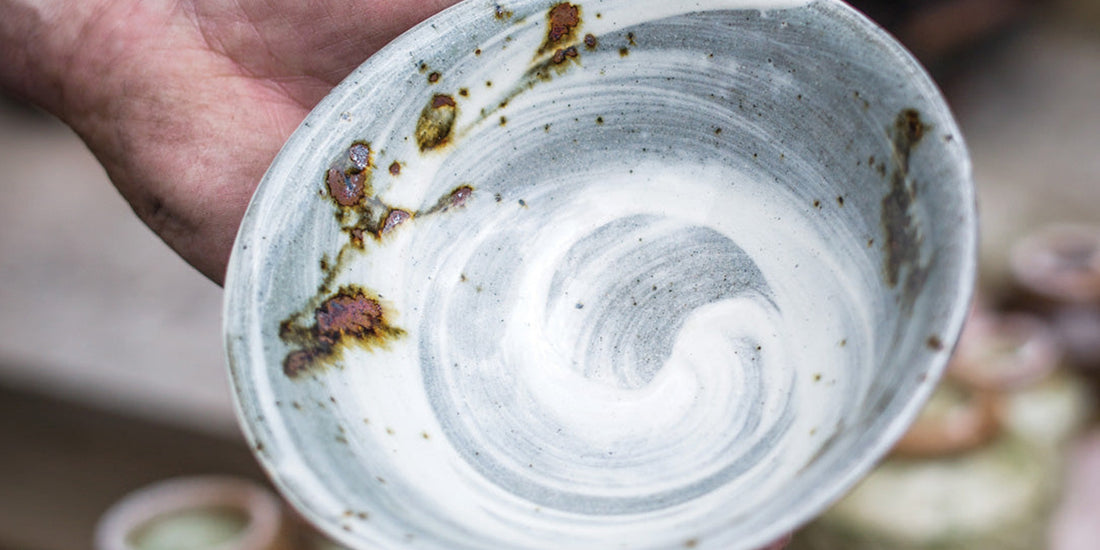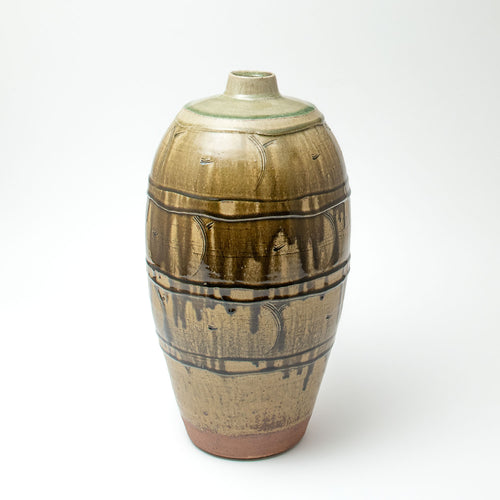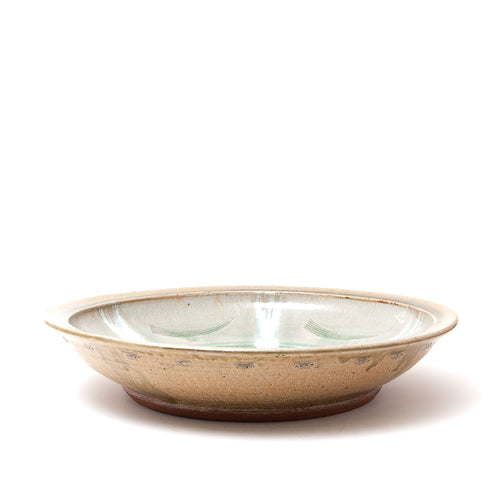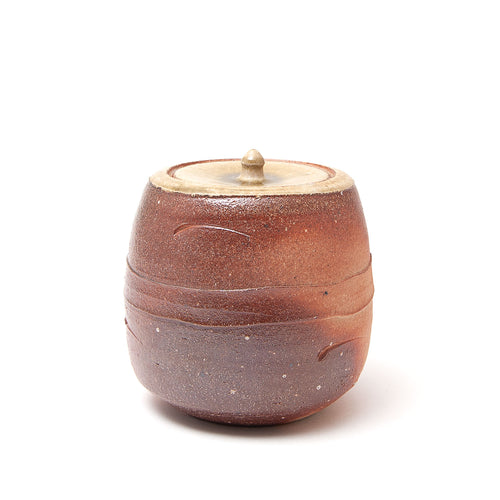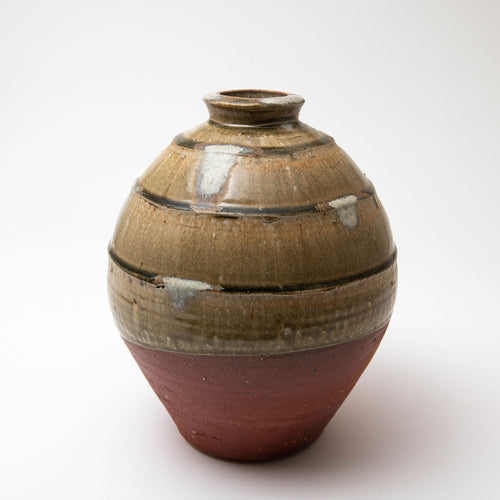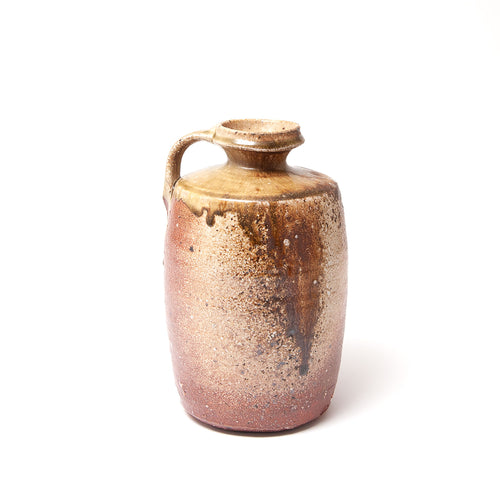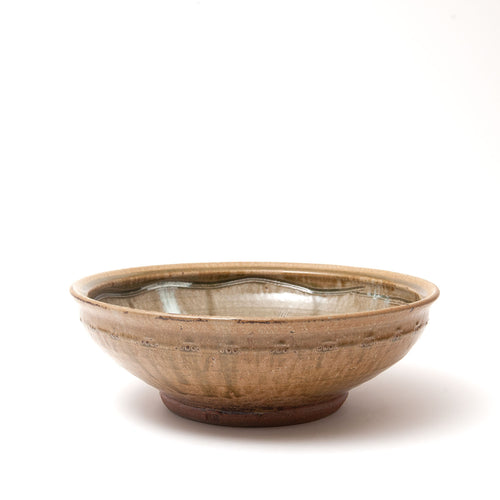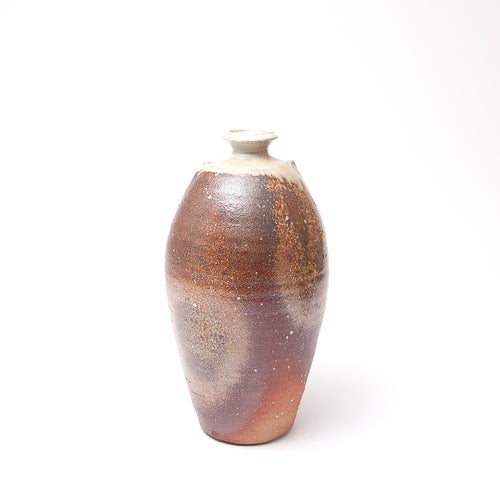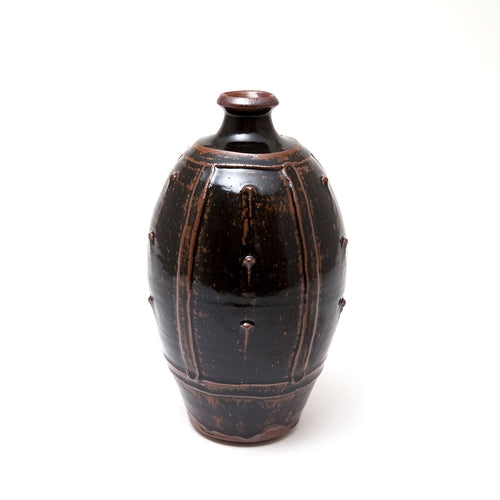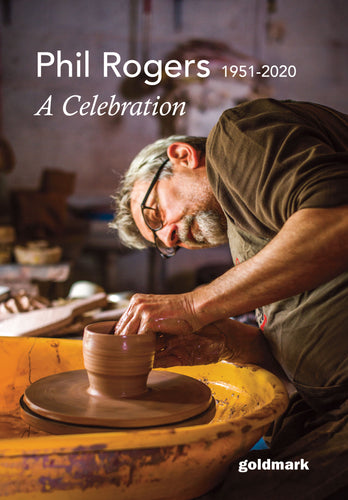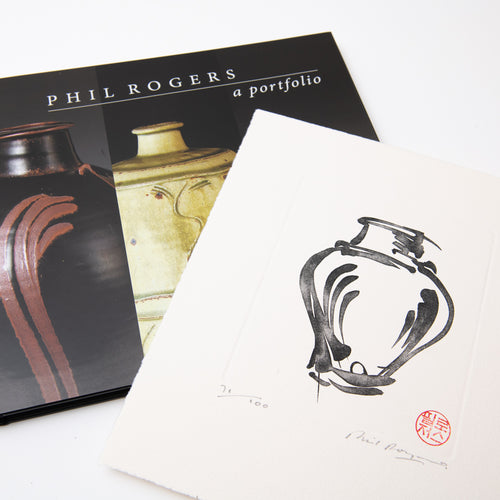Almost from the very beginning of my professional life as a potter I have been drawn toward Korean ceramics. Buncheong is a contemporary term that describes a dynamic, bold and strangely modern ceramic type that was made throughout the Korean peninsula during the first 200 years of the Joson Dynasty (roughly the 15th and 16th centuries).

Buncheong has had a profound and lasting influence on Western studio pottery, largely because of the impact it had upon the works of Hamada Shoji and Bernard Leach. Both potters experienced the pottery being made in Korea at the turn of the 20th century while visiting with their Japanese mentor Yanagi Soetsu.
The anonymous, inexpensive, utilitarian pots appealed to Yanagi who espoused similar thoughts about the craft versus industrialisation debate as William Morris. Yanagi coined the word Mingei to describe just these kinds of handmade objects, typified by the same unpretentious swiftness in the making as they observed of the traditional Ongii pots they had sought out.


Leach and Hamada would have seen Buncheong work in the museums in Seoul, although by that time much of the best examples of its kind had been looted to Japan during their historical occupation of Korea. Indeed, Japanese pottery in the broadest sense has been widely influenced by Buncheong. Japanese tea masters hugely admired Korean Buncheong rice bowls for their unassuming and modest character and saw them as perfectly suited to the tea ceremony. Korean potters who settled in Japan gave birth to the Karatsu kilns, whose pots owe a great deal to the decorative tradition.


Buncheong pottery is typified by three elements in its manufacture: dark, iron rich clay; white slip; and a clear, sometimes grey or pale green glaze. The clay that was available to the potters tended to be iron rich, and in order to introduce lighter tones to their finished pieces, possibly (toward the end of the period) to emulate the growing taste for white porcelain, a white slip was used to coat the dark clay Buncheong sagi translates literally as ‘greyish-blue ceramic wearing white make-up’).
The slip was applied in a variety of ways: it could be brushed on with a coarse brush (Guiyal or, as it came to be known in Japan, Hakeme); pots could be dipped to achieve an overall coating; or slip could be inlaid in stamped patterns and the impressed textures of cord rolled over the clay surface.

Buncheong tended to be regionalised in its decorative treatments. One particular area was the spiritually important mountain region of Geryonsan, near the city of Taejon. Here, Buncheong with patterns painted in iron pigment became a signature decoration, drawn with exuberance and an unfettered, spontaneous approach. Stylised, even childlike drawings of birds and animals, flowers, trees and plants adorned the pots with an innate sense of composition and placement, a form of art which we might today refer to as ‘naive’ or ‘unsophisticated’.
Of all the Buncheong made, these pieces are my favourite and in turn have inspired the new work illustrated here. I feel an extra special connection to the pots from Geryonsan as it was here, with the mountain in full view from my window, that I lived and made pots back in 1997.

It is sometimes thought that Buncheong was a form of crude pottery that superseded the elegant and refined porcelains of the Goryeo period; that assumption is not entirely fair. Buncheong owes much of its decorative technique to the Goryeo porcelains - inlaid white clay particularly - and was made specially for government and provincial officers, and for the homes and offices of other high ranking officials. It faded away by the end of the 16th century and gave way to the white porcelains of the later Joson period.
 ceramic box by Korean potter Kang-Hyo Lee
ceramic box by Korean potter Kang-Hyo Lee
Today, many potters in Korea have revived the techniques and Buncheong can be seen in a number of shops and galleries in Seoul. Two of its best known contemporary practitioners are Lee Kang-Hyo, who is also represented by the Goldmark Gallery, and Choi Song Jae, whose decorations almost always incorporate the culturally important ducks.

In making my new pieces I have tried to take the three important elements of Buncheong - dark clay, white slip, and a clear glaze - and devise my own vocabulary of iron painted motif. Those who know my work will appreciate that this is something of a departure from the decorative treatments I usually employ, working as I do into the surface of the clay. I haven’t left those techniques behind; but I hope this new approach will sit comfortably alongside as a further expression of my way with clay.
Phil Rogers, 2016
